Video
Sign up for our newsletter
We summarize the week's scientific breakthroughs every Thursday.
-
 Physics
PhysicsHow to make the best fried rice, according to physics
Researchers show exactly how rocking and sliding a wok can launch fried rice into the air, letting it cook at a high temperature without burning.
-
 Life
LifeWolves regurgitate blueberries for their pups to eat
The behavior, documented for the first time, suggests that fruit may be more important to wolves than previously thought.
By Jake Buehler -
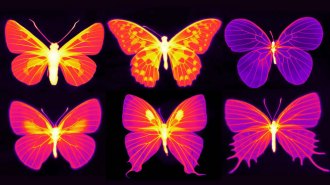 Life
LifeHow thin, delicate butterfly wings keep from overheating
Structures in butterfly wings help living tissues such as veins release more heat than the rest of the wing.
-
 Space
SpaceESA’s Solar Orbiter will be the first spacecraft to study the sun’s polar zones
ESA's Solar Orbiter is now on its way to the sun, beginning a nearly two-year journey.
-
 Earth
EarthHere are 5 of the weirdest auroras, including the newly spotted ‘dunes’
A newfound type of aurora dubbed the “dunes” joins the ranks of black auroras, STEVE and other obscure auroral phenomena.
-
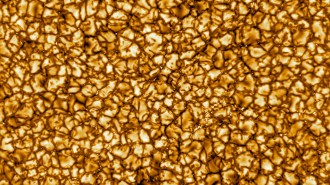 Space
SpaceThese are the most detailed images of the sun ever taken
First images from the Daniel K. Inouye Solar Telescope reveal details on the surface of the sun three times as small as ever seen.
-
 Life
LifeHow bacteria create flower art
Different types of microbes growing in lab dishes can push each other to make floral patterns.
-
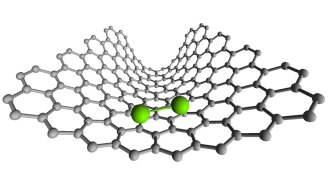 Chemistry
ChemistryA dance of two atoms reveals chemical bonds forming and breaking
Two rhenium atoms approach and retreat from one another in an electron microscope video.
-
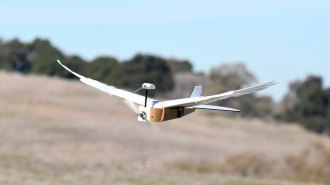 Life
Life‘PigeonBot’ is the first robot that can bend its wings like a real bird
Insights into the joint movements and feather surface structures that help birds control their wing shape could help robotic flyers move more deftly.
-
 Life
LifeFluid dynamics may help drones capture a dolphin’s breath in midair
High-speed footage of dolphin spray reveals that droplets blast upward at speeds approaching 100 kilometers per hour.
-
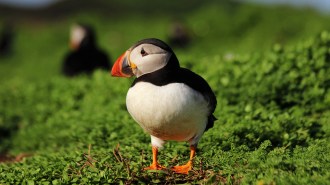 Life
LifeStick-toting puffins offer the first evidence of tool use in seabirds
Puffins join the ranks of tool-using birds after researchers document two birds using sticks to groom, a first for seabirds.
-
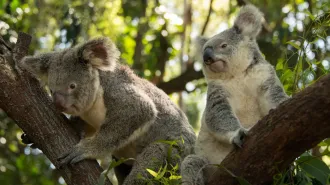 Life
LifeKoalas aren’t primates, but they move like monkeys in trees
With double thumbs and a monkey-sized body, an iconic marsupial climbs like a primate.
By Susan Milius